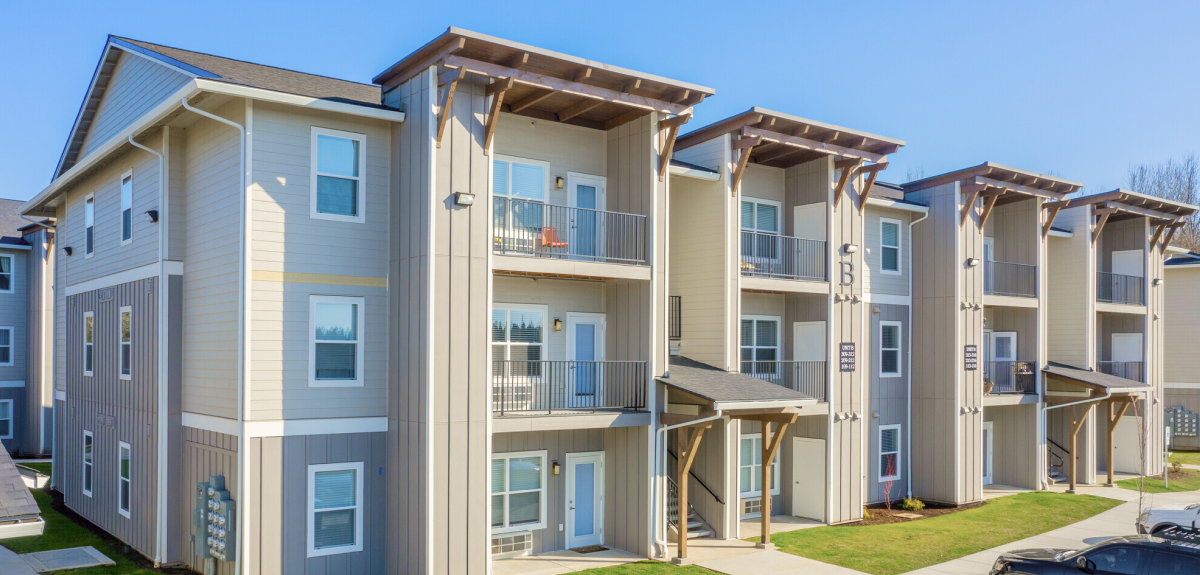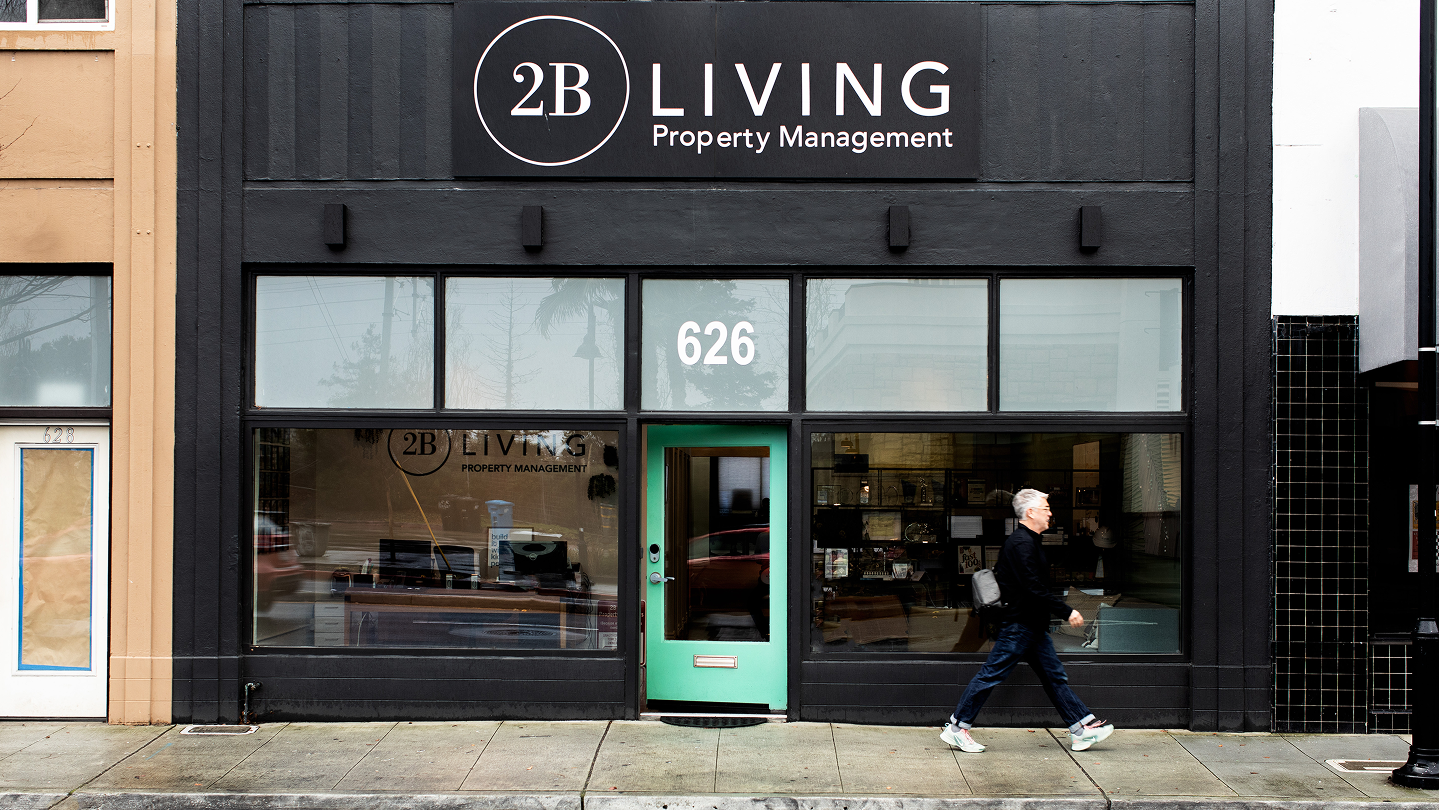Published on December 17th, 2024
By Kwame Donaldson
As a real estate professional, you know that staying ahead in a competitive market requires more than just maintaining your properties. It’s about anticipating trends and seizing opportunities. With interest rates still elevated and renter expectations evolving, now is the time to adapt your strategies to enhance value, attract the right residents, and drive business growth. Understanding current shifts in the real estate landscape can help you navigate challenges and unlock new opportunities, turning market changes into a competitive edge.
CRE Loan Growth Slow Due to Recent Interest Rate Hikes
The shifting landscape begins with the impact of recent interest rate changes on commercial real estate lending. After holding steady for more than a year, the Federal Reserve Bank trimmed its benchmark fed funds rate by a total of 0.75 percentage points during its recent September and November meetings. These were the bank’s first rate cuts since early 2020, when it dramatically lowered rates by 1.5 percentage points in response to the emerging coronavirus pandemic.
Despite these cuts, interest rates are still hovering near 15-year highs, which is taking the expected toll on lending in commercial real estate. Figure 1 confirms this finding. The lighter line (measured on the left axis) plots the market yield on the 10-year Treasury bond, used as a proxy for U.S. interest rates. The darker line (right axis) traces the total balance on commercial real estate loans.

For 10 years following the Great Recession in 2009 and then two more years in the wake of the coronavirus pandemic in 2020, the Fed held interest rates at very low levels. As a result, balances on CRE loans grew by a healthy 6.9% per year between 2012 and 2022. Then concerns about anemic economic growth were replaced with a new worry: inflation. With hikes that started in 2022, aggressive Fed actions have catapulted interest rates to their highest levels since 2007, and borrowers are paying the price. The decade of robust growth in CRE lending has come to an end; today, loan balances are just 1.9% higher than they were one year ago, presenting new challenges for real estate management teams.
Nonresidential & Construction Segments Hit Especially Hard
Growth in CRE lending has slowed, but this deceleration has not been evenly distributed, as illustrated in Figure 2. To make the growth comparisons easier to visualize, we indexed each line in the graph so that its October 2022 value equals 100. The solid line traces the growth in all CRE loan balances over the last two years, and it reveals the same slow-growth pattern depicted by the darker line in Figure 1 between 2022 and 2024.
The dashed lines represent CRE segments. Growth in CRE loans secured by nonresidential properties (the bottom-most line) has been especially weak, falling to just 1.5% over the last year. This category accounts for 60% of all CRE balances and includes loans for office and retail properties — sectors that have been struggling with higher vacancy rates and lower property values due to the emergence of remote work and online shopping.

Figure 2 also shows that balances on construction loans enjoyed healthy growth despite higher interest rates in 2023, but these balances have slumped over the last year. Construction lending, which accounts for 16% of CRE balances, can often be delayed until market conditions turn favorable. Therefore, this category of commercial loans is especially sensitive to changes in interest rates.
In fact, the multifamily construction sector may be even more sensitive than what Figure 2 indicates. The construction loans depicted in Figure 2 encompass all building segments, including single-family residential, office, retail, and industrial buildings. And construction that adds square footage to existing structures is also included in this category. If this category only comprised newly built multifamily buildings, it would have an even more dramatic decline.
Figure 3, which compares construction loan balances (left axis) to the number of multifamily units under construction (right axis), illustrates this dramatic drop-off. We find that multifamily construction activity has underperformed construction loan balances over the last two years — loan balances are down 3% from the high they reached in March, whereas construction activity peaked in July 2023 and has cratered by 20% ever since.

Loans on Multifamily Properties Rise Despite Higher Costs
One of the reasons construction loans are outperforming building activity is the multifamily market is shifting toward upgraded units with pricey amenities. This shift is also evident in Figure 2, which shows that the fastest rising segment of CRE loans is mortgages secured by multifamily properties (the darker shade line). These loans, which accounted for just 14% of CRE loan balances in 2015, make up 20% today.
While balances are rising, higher interest rates have raised the probability of default on multifamily loans. Recent reports from independent analysts confirm that the distress and delinquency rates on these types of mortgages have spiked over the last year.
Even though lending is costlier for borrowers and riskier for banks, multifamily property owners continue to secure mortgages for these assets, and they are using the proceeds to invest in rehabbing their properties. Earlier this year, AppFolio asked hundreds of multifamily owner-operators what strategies they are pursuing to increase revenue; 78% of these survey respondents said that they are adding value by upgrading their apartment units or buildings.
These renovations are necessary to enable many older properties to effectively compete in the Class A market. Since the end of 2022, more than one million new rental units in the U.S. have been completed — the most over any two-year period since 1987. This additional supply is pressuring property owners to remodel their existing units.
As demand for these upgrades is relatively strong, these investments are not misplaced. Limited affordability in the new and existing home markets has trapped many would-be homeowners in rental units. As a result, apartment residents in 2024 are older and more affluent than ever before. According to Census Bureau data, the average household income for renters has swelled 7% per year since 2022 (versus 5.3% for homeowners). These wealthier residents are creating demand for upscale amenities, and apartment owners are catering to these customers by mortgaging and updating their properties.
Opportunities for Investment and Property Managers
The evolving dynamics in the commercial real estate market present both challenges and opportunities for investment and property managers. The slowdown in loan growth, especially in nonresidential sectors such as office and retail, underscores the need for diversification and strategic pivot. Meanwhile, the strong performance of multifamily loans highlights a path forward that aligns with changing renter demographics.
For investment managers, niche asset classes such as student housing, data centers, and hospitality are gaining traction. Student housing, for instance, has seen a resurgence in demand as universities have returned to in-person learning. Similarly, the exponential growth of AI and cloud computing in recent years has increased the need for data centers, while the hospitality sector is rebounding thanks to renewed enthusiasm for travel.
The multifamily sector continues to shine as an area of strategic focus. Investing in property upgrades can position you to capture higher rental income and improve long-term asset value. An influx of higher-earning renters seeking high-end amenities is driving demand for upscale rental units. By investing in property improvements, you can cater to this demographic, ensuring your assets remain competitive in a crowded market.
If you’re a property manager, complementing these physical upgrades with enhancements to the resident experience is crucial. Services such as concierge-style moving assistance, streamlined leasing processes, and bundled benefit packages can help differentiate your properties from the rest. These improvements, when paired with physical upgrades, can help attract and retain quality residents, further boosting property performance.
Understanding and adapting to today’s market trends is essential. Diversification, thoughtful property upgrades, technology consolidation, and a resident-centric approach are not just defensive strategies — they are opportunities to thrive in a changing environment. Check out our 2024 Renter Preferences Report for data and insights that can help you delight residents, differentiate your communities, and win new business.









Comments by Kwame Donaldson